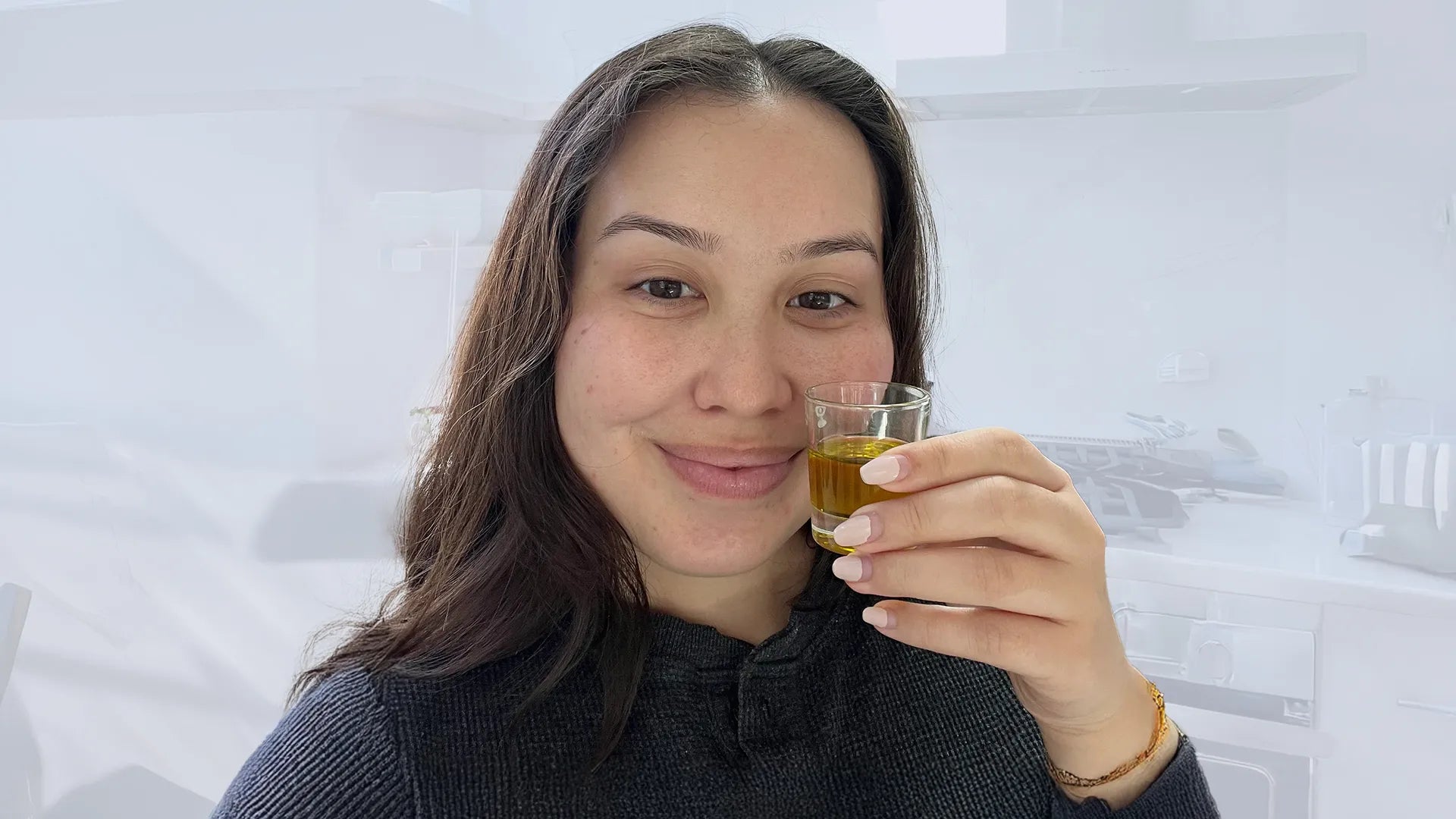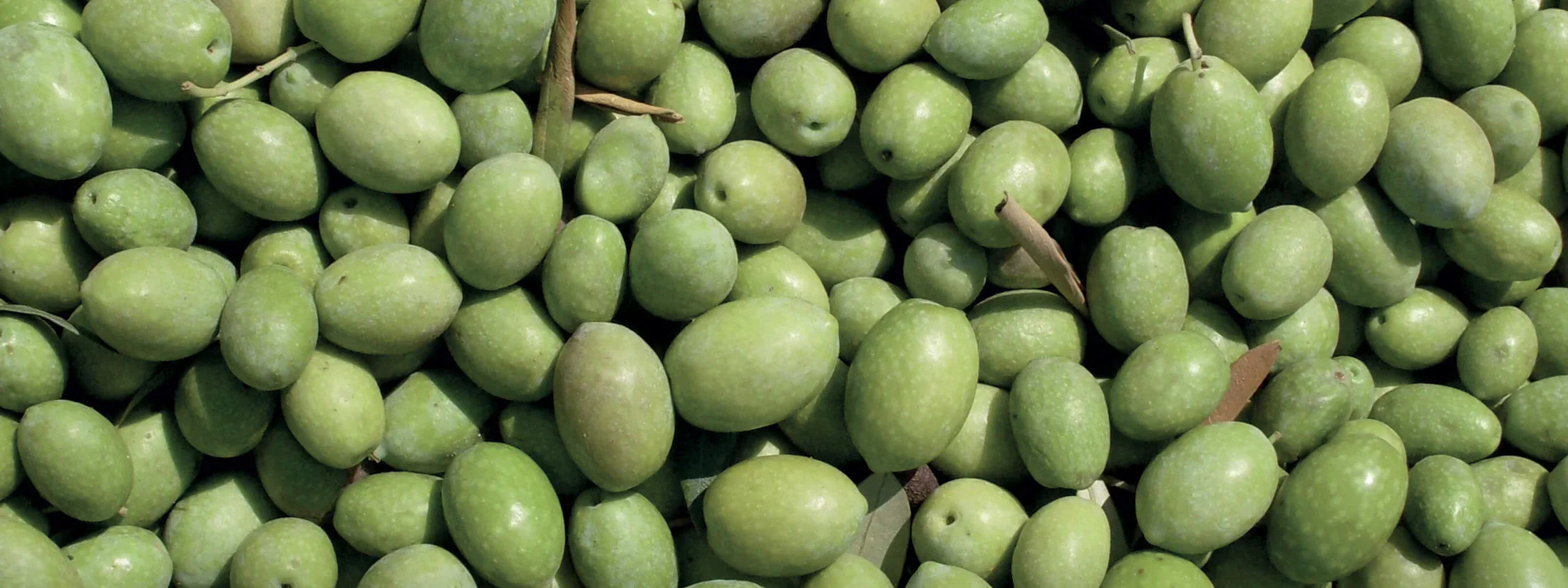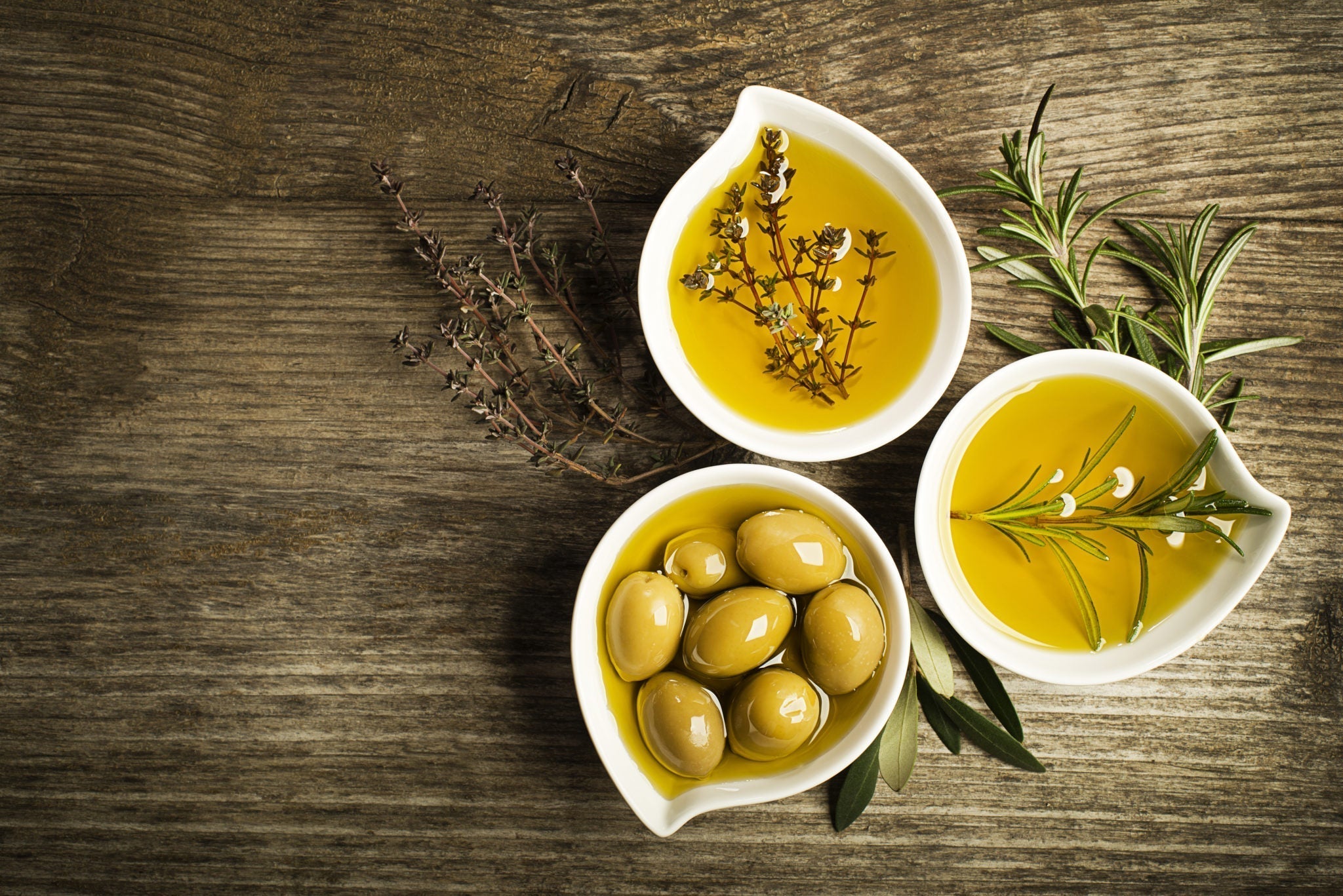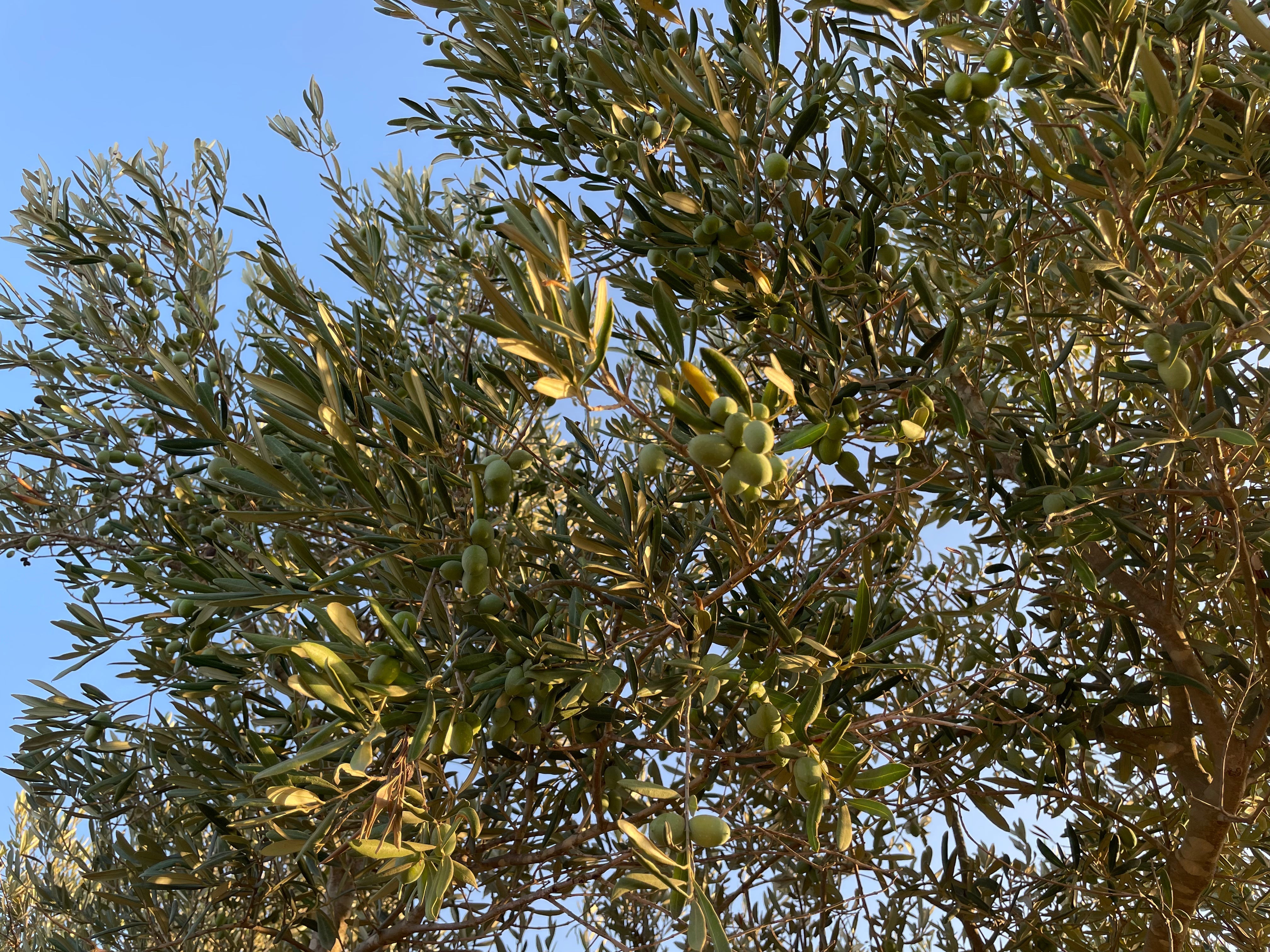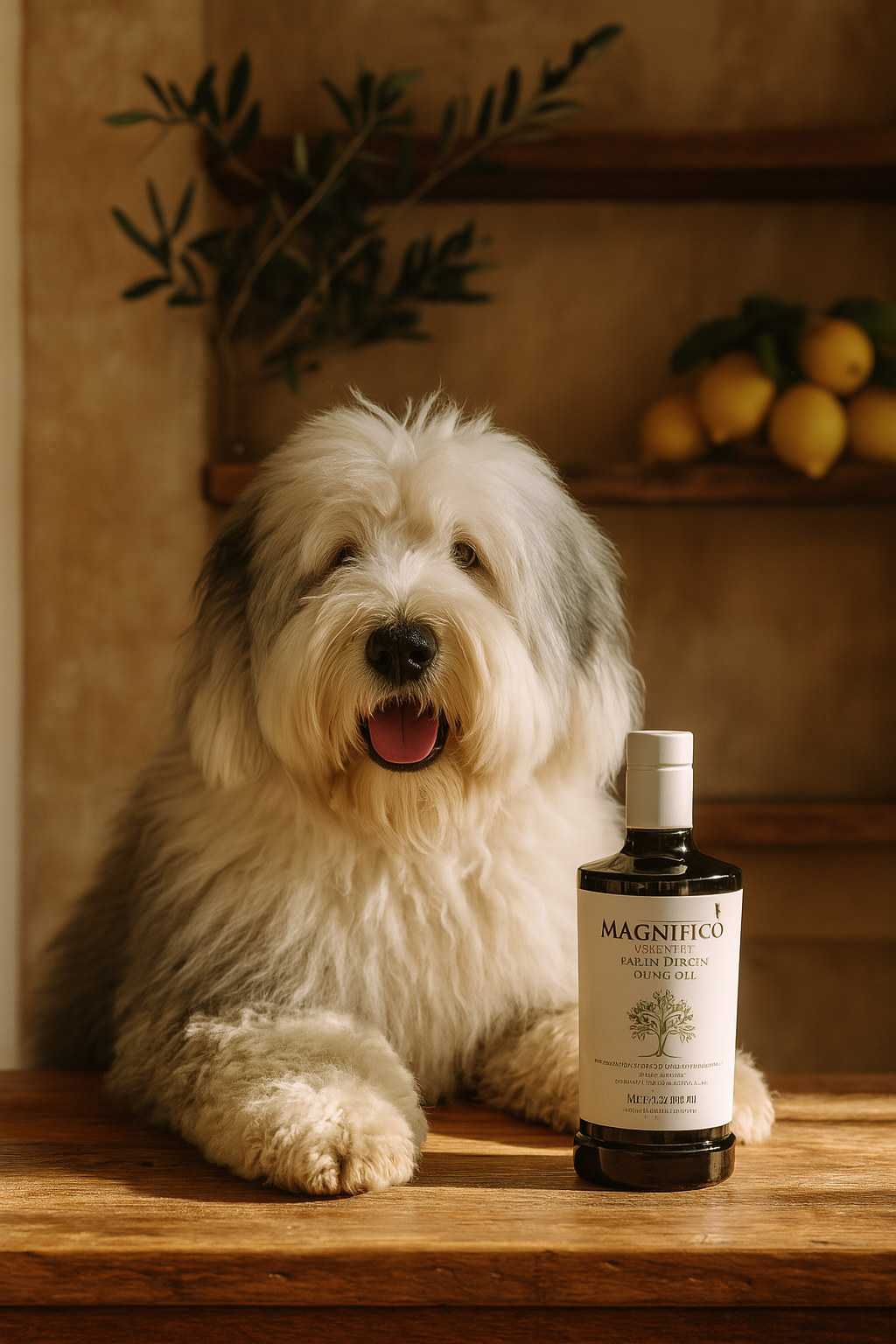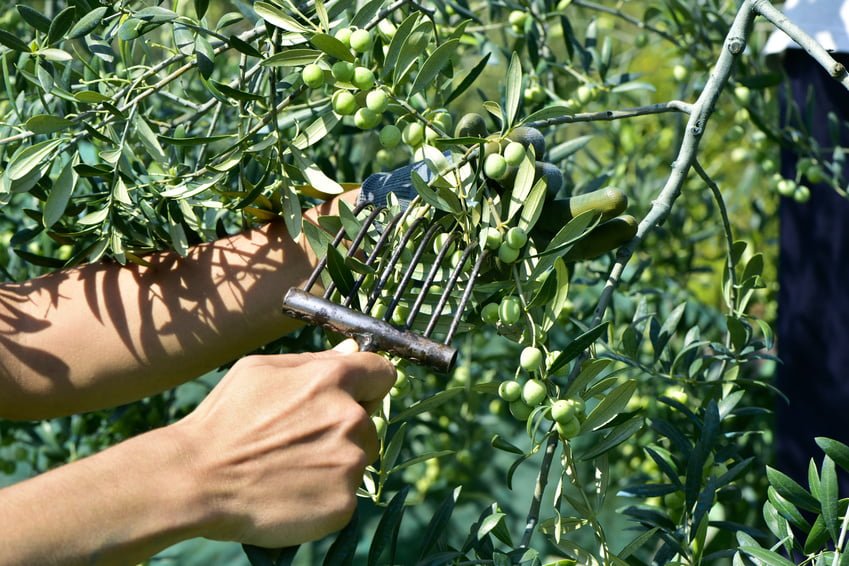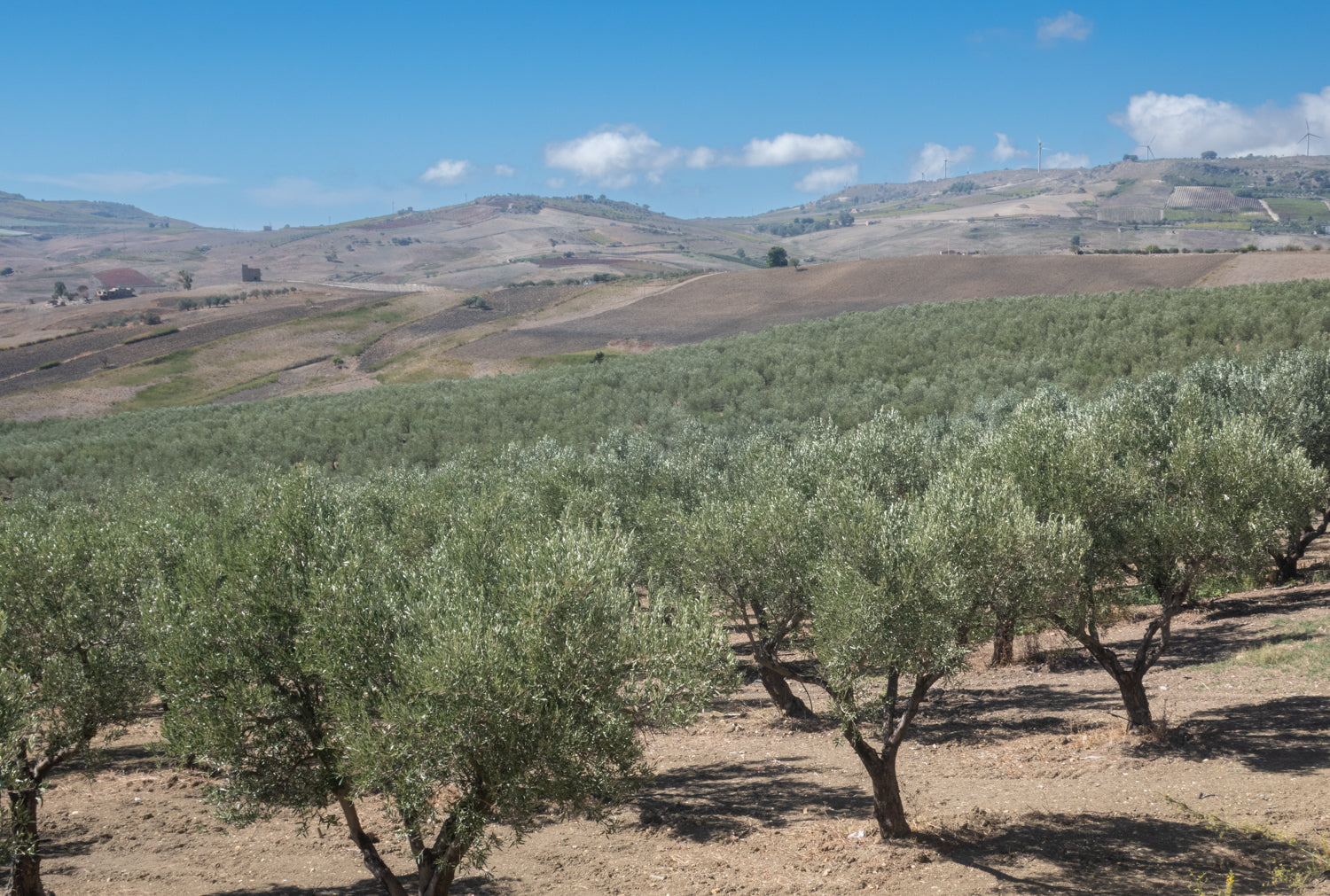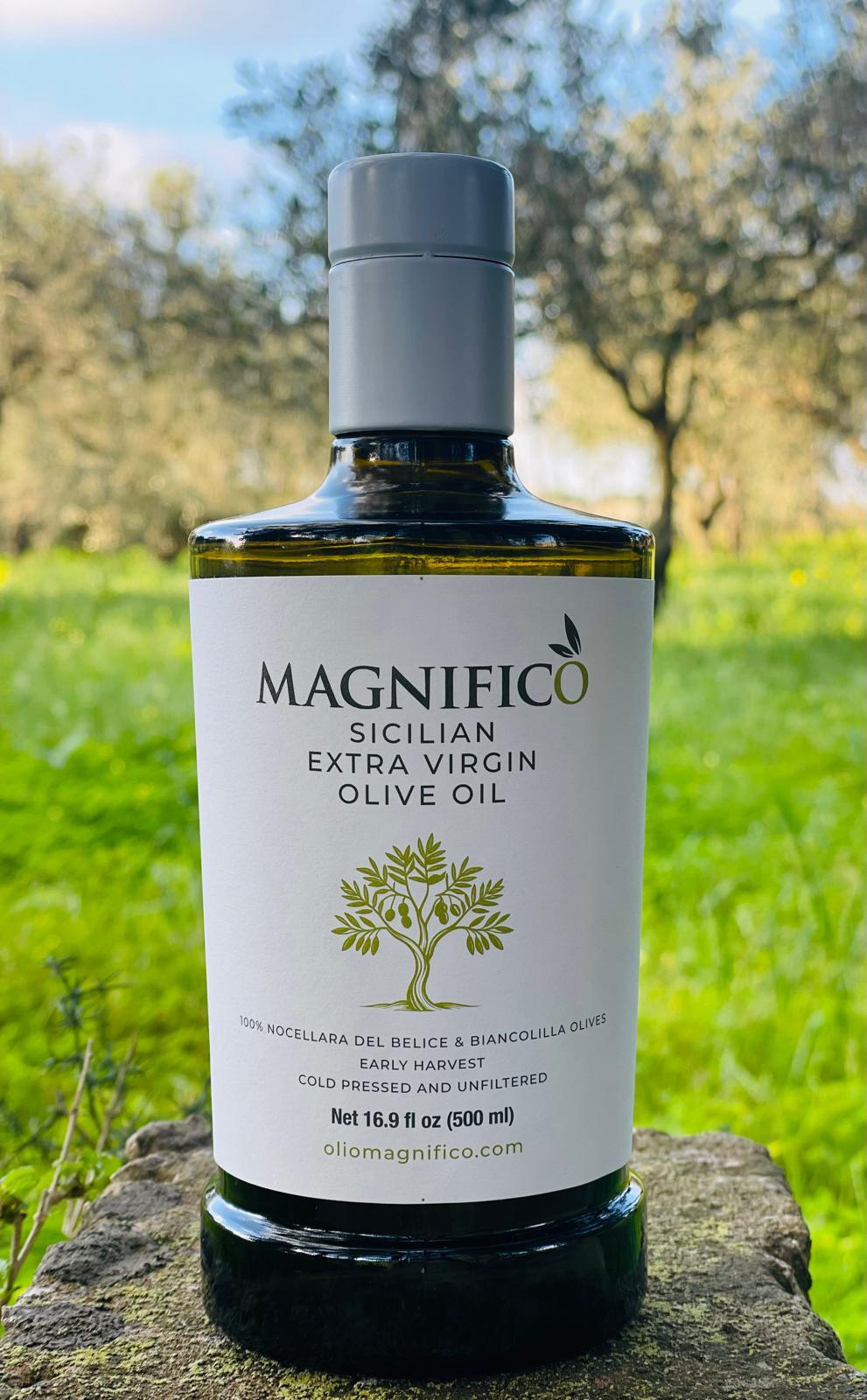
How to Spot Fake Olive Oil: What Labels Don’t Tell You
I’ll never forget the night I realized my olive oil was probably fake. I was cooking pasta, excited to use the “extra virgin olive oil” I’d bought on sale. I poured it over the dish expecting that deep, fruity aroma—and got nothing. Just a dull, greasy flavor. That’s when I learned: not all olive oil is created equal. Some of it? Totally fake.
And I’m not alone. Studies have shown that a huge percentage of olive oil sold as “extra virgin” doesn’t actually meet the standards (North American Olive Oil Association). It’s often blended with cheaper oils, made from old or poorly stored olives, or labeled as something it’s not.
Here’s how you can avoid the imposters.
What the Label Doesn’t Say
Olive oil marketing is sneaky. A bottle might say “Imported from Italy,” but that often just means it was bottled there—not grown, harvested, or pressed. The oil inside could come from Spain, Tunisia, or multiple countries (UC Davis Olive Center). Always look for a harvest location or estate name on the label. The more specific, the better.
Also, “cold-pressed” sounds great, but it doesn’t guarantee quality on its own. What you really want is “first cold press” and ideally a harvest date. If there’s no harvest date listed? Big red flag.
The best oils proudly tell you when and where they were harvested and bottled. You’ll often see this level of detail on oils from small producers in places like Sicily, where tradition matters and quality comes first (International Olive Council).
Smell It, Taste It, Trust It
Once you’ve got the bottle home, use your senses. Real extra virgin olive oil should smell fresh—grassy, peppery, maybe a little fruity. It should taste bright and bold, with a little bitterness and a peppery tickle at the back of your throat. That tickle is caused by a natural compound called oleocanthal, which actually acts like an anti-inflammatory (Journal of Nutrition, 2005).
Bad oil, on the other hand, tastes flat. If it reminds you of crayons or smells musty, it could be old, oxidized, or cut with lower-quality oils (UC Davis Olive Center).
And while color isn’t the best indicator, a pale yellow or totally clear oil can be a sign it’s over-filtered or refined. Look for a rich golden or green hue—but again, taste matters more than color.
What to Look for in a Real Bottle
Here’s a quick checklist for buying real olive oil:
-
The label says “extra virgin” (not “pure” or “light”)
-
The bottle is dark glass or metal (light breaks oil down)
-
A harvest or press date is listed
-
It comes from a specific region or single estate
-
It has a peppery or bitter bite when you taste it
-
Price isn’t too good to be true
Good olive oil isn’t cheap. If it’s $5 for a big bottle, it’s probably not real EVOO. And real extra virgin olive oil will make everything you cook taste better—from salads to grilled vegetables to a simple slice of bread.
My First Taste of the Real Thing
After ditching the grocery store stuff, I splurged on a small-batch Sicilian oil I found at a farmers market. The difference was night and day. It smelled like fresh herbs and tomato vines. It had that tiny cough-inducing kick in the back of my throat. I started using it on everything—bruschetta, roasted garlic, even drizzled on vanilla ice cream.
Ever since, I’ve been hooked. That bottle was from a small producer in Western Sicily—similar to the ones used in Olio Magnifico. These kinds of oils are often made in tiny batches, hand-harvested, and cold-pressed within hours. You can taste the care in every drop.
Final Thought
Once you know what to look for, it’s not hard to spot fake olive oil—and when you taste the real stuff, you’ll never go back. Read the label, check the harvest date, trust your senses, and treat yourself to something that’s both healthy and delicious.
Real extra virgin olive oil doesn’t just make your food better—it makes you feel better too. And when it comes from a place like Sicily, it’s not just oil—it’s a story, a tradition, and a little bit of sunshine in a bottle.

